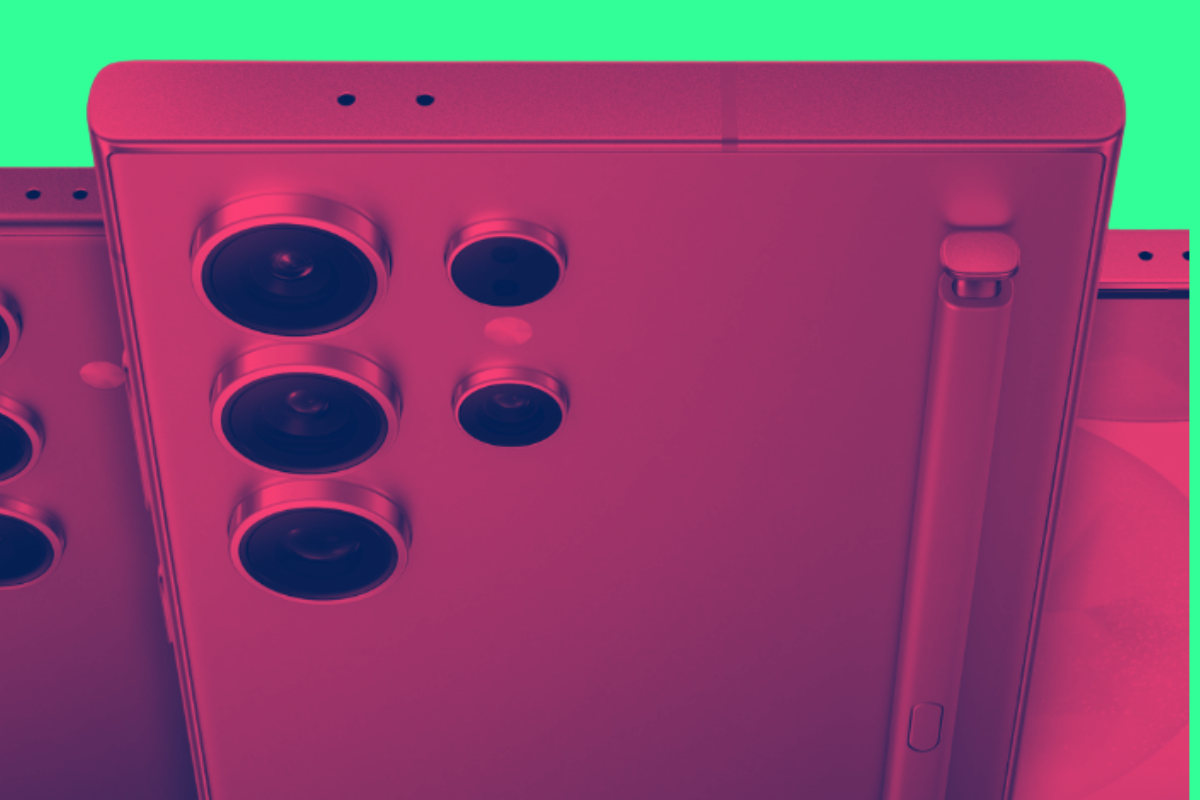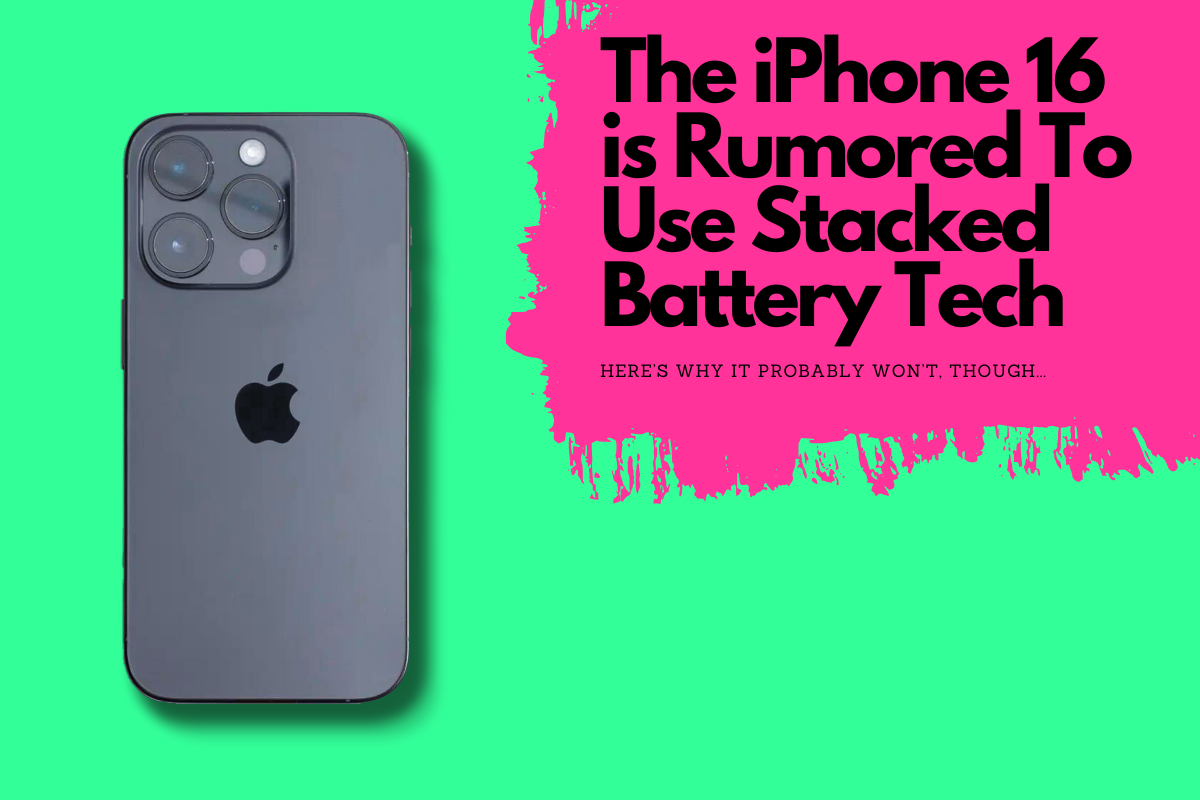Imagine having the same sized phone, but with a significantly bigger battery. That’s how stacked batteries work – and they could be coming to the iPhone 16
Battery technology is NOT sexy, but it is important. Thing is, not much has happened with battery technology inside phones for years. If you want better battery life, use a bigger battery.
Or, use the same size battery as before but improve the chipset’s power consumption, make it more efficient. Most tech brands, Apple included, do a bit of both. And excluding the iPhone 12 series, Apple’s been pretty good at this.
If Apple’s iPhone 16 series phones use stacked battery technology, as reports suggest, we could be looking at one of the biggest jumps in battery life performance on iPhone in, well… forever.
What Are Stacked Batteries & How Do They Work?

Stacked batteries, also known as stacked cell or stacked configuration, solve a bunch of problems in one, foul swoop. First, they take up less room than traditional batteries, and second they deliver longer battery life.
Technically speaking, this is what’s known as a “double win” but before we delve any further, let’s first make sure we understand the difference between traditional cell phone batteries and stacked cell phone batteries:
Traditional vs. Stacked
- Traditional: Imagine a rolled-up Swiss roll cake; that’s similar to a typical phone battery. The positive and negative electrodes (anode and cathode) are rolled together inside the casing.
- Stacked: In a stacked battery, the electrodes are separate thin sheets. Imagine multiple thin slices of the Swiss roll cake layered on top of each other. These layers are then folded in a Z-shape for better space utilization.
Benefits of Stacked Batteries:
- Higher Capacity: This layered structure allows for more active battery material to be packed within the same space, leading to a higher overall capacity compared to traditional rolled batteries.
- Space Efficiency: Since the electrodes are folded instead of rolled, stacked batteries can fit better within the limited space inside a phone, potentially allowing for slimmer phones with larger batteries.
- Faster Charging: Some stacked battery designs may enable faster charging speeds because the current has a shorter distance to travel within the battery.
Why Isn’t Everybody Using Stacked Batteries?

All of the above sounds great, right? More battery life, less space taken up by the battery itself, everybody’s happy. But there’s a caveat and as with most things in life it relates to cost.
Stacked battery technology is a new thing, hardly anyone is doing it. There are plenty of working prototypes of the tech, of course, with EV brands betting big on it for future car releases. But scaling it to the levels of production required for a popular phone series is another thing entirely.
Apple, Samsung, and in the EV market, Tesla, are all exploring the possibilities of stacked batteries for their products. But with the cost of manufacturing them, is it likely we’ll see stacked batteries inside the iPhone 16 series?
At this stage, I have no idea. Apple has a habit of doing the impossible, in an inhuman timespan with highly technical stuff. It did it with the switch from 32-bit to 64-bit for iOS, and it did it again with its A-Series chipsets, also known as Apple Silicon.
Samsung SDI Has Stacked Battery Tech – Just Not For Phones…

So, if anyone is going to do stacked batteries first, the most likely candidate to pull it off would be Apple – or Tesla or Samsung. Doing so, however, is contingent on Apple’s suppliers actually having the technology in place to do it.
Who makes batteries for iPhone? Samsung SDI does, and it is actively working and promoting its stacked battery design which is why many reports claimed the Galaxy S24 would run a stacked battery (it didn’t, FYI).
Which means, while stacked battery tech is being actively explored and developed by Apple’s hardware suppliers, it would appear that the technology, at least for the time being, isn’t scalable to phones – perhaps it is too cost-heavy at the moment?
As rumors go, this one has legs. But it does seem like a stretch to think the iPhone 16 series could use stacked batteries when Samsung’s own Galaxy S24 does not. I do expect this tech to make its way to phones, I just don’t think it’ll happen inside 2024.
Although I am more than happy to be wrong about this; the tech has the potential to 5x phone battery life without impacting the design and size of the phone. And that’s insanely cool whichever way you slice it.


